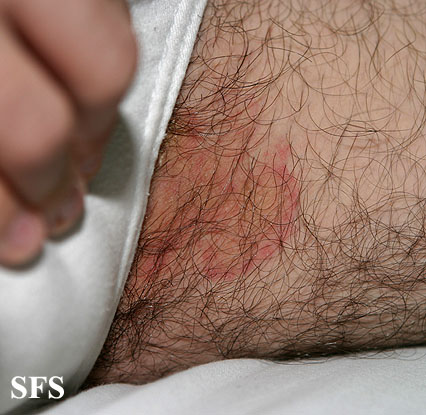
A detailed Tina Cruris overview will help you understand the disease. Its causes and symptoms are often difficult to distinguish from other conditions. The key to treating this condition is to find an effective treatment that works for you. A comprehensive treatment plan will involve lifestyle changes and evidence-based therapeutics. Your doctor can perform a biopsy to confirm the diagnosis, but he or she should first rule out other flexural skin disorders.
The best treatment for tinea cruris is a topical antifungal cream or lotion applied to the affected area for three to four weeks. If the rash is not completely clear, you can try a new one that contains an absorbent antifungal powder. Oral antifungal therapy is recommended for people with a more severe case. However, if you are unsure of what type of treatment you need, it is always wise to consult your doctor for a proper diagnosis.
Treatment for Tina cruris involves a variety of treatments. Some treatments are topical while others involve a systemic medication. The first step is to identify the underlying cause and to avoid the infection. In 80% to 90% of cases, treatment alone is sufficient. The second step is to treat any predisposing factors and take care of any underlying medical conditions. Some doctors also prescribe an absorbent antifungal powder. For severe cases, oral antifungal therapy is recommended. Prevention is the best way to treat Tina cruris, so don’t wait any longer.
Antifungals and topical creams are the most common treatments for Tina cruris. They can cure the infection in eighty to ninety percent of cases, although relapses are common. Site https://igs.org.mx/ recommends an oral antifungal solution if your skin is particularly vulnerable to this condition. While topical antifungal treatment is the most common form of treatment, oral treatment is usually needed in severe cases.
Treatment with Tina cruris is effective in about 80% of cases. Relapse is common and requires immediate treatment if it occurs. Suitable treatments for Tina cruris include antibiotics, topical creams and ointments. Although topical antifungals are usually effective, it is important to continue treatment after the first few weeks. In addition, there are some steps you can take to lessen the severity of the condition.

Treatment for Tina cruris is generally effective in 80 percent of cases. But recurrence is also possible, so it is important to determine any predisposing factors before treatment. You should also make sure that you are not pregnant or lactating. While there are no specific tests for Tina cruris, it is important to ensure that the infection is properly diagnosed and treated. If it does, then you should seek medical advice.
The initial rash usually starts in the inguinal skin fold and expands to the inner aspect of the thigh. It may also spread to the lower abdomen and the pubic region. In some cases, the disease may affect the perineum. The penis is usually spared from the infection, but you should consult a doctor if it occurs. Once you have been diagnosed, you can apply topical antifungals for Tina cruris.
Treatment for Tina cruris typically involves applying a topical antifungal cream to the affected area. This treatment is usually successful in about 80 percent of cases, but recurrence is common. Because of its recurrence risk, you should consider oral antifungal treatment as soon as possible. In some cases, you might need to undergo a specialized procedure to have the infection completely removed.
The rash usually begins in the inguinal fold and develops into a bilateral rash. It may extend to the buttocks and the perineum, but typically spares the penis. Chronic Tina cruris rash is characterized by a raised scaly plaque with a narrow border. In some cases, the infection may progress to pustules and papules.
If you have a Tina Cruris rash, you should seek medical attention right away. If you have a fungus, the only way to cure it is to stop the infection. The infection will spread to other parts of the body and can spread to other areas of the body. It will not spread through the skin, but it will remain on your body. If you have a fungus-free rash, you will be able to get rid of it permanently.